Scott #30A, a distinguished stamp in the United States postal series, mirrors the Type II design of Scott #30 but is notable for its brown color. This stamp, sharing the design characteristics of Scott #30, stands out due to its unique coloration and historical significance.
Design & Print
The design of Scott #30A exhibits the Type II format, characterized by the absence of protruding frame lines at the top and bottom, resulting in flat edges. This design shift from Type I to Type II allowed for more margin space and a streamlined appearance. The brown color of Scott #30A differentiates it from Scott #30, which is orange brown. This design choice not only adds aesthetic variety to the series but also reflects the advancements in printing technology and color usage during that era.
Postal Usage
Prior to 1861, the 5¢ stamps, including Scott #30A, commonly featured a New Orleans cancel, with France being the typical destination. This was due to the 15¢ postal rate to France, commonly fulfilled with either three 5¢ stamps or a combination of a 10¢ and a 5¢ stamp. The prevalence of French descendants in New Orleans explains the frequent use of this cancel. However, after Louisiana’s secession from the Union in January 1861, nine months following the issuance of Scott #30A, Union postage became invalid in Confederate territories. This historical context gives particular significance to Scott #30A, especially in instances where it was used from New Orleans post-secession, making it a rare example of Union stamps used from a Confederate state for international mail.
Identification
Scott #30A can be identified by its brown color and the Type II design, which features flat top and bottom edges due to the removal of protruding frame lines. The presence of perforations further distinguishes it from its imperforate counterpart. The brown coloration sets Scott #30A apart from Scott #30, making it a distinct and identifiable stamp in the series.
Scott #30A represents a pivotal element in the evolution of U.S. postage stamps. Its brown color, coupled with the Type II design, reflects the intricate printing techniques and aesthetic choices of its time. The stamp’s usage during a period of significant historical change, particularly in the context of the Civil War, adds to its historical and philatelic value. Understanding Scott #30A’s design, postal usage, and identification offers a comprehensive perspective on its role in American postal history and its significance as a collectible item.



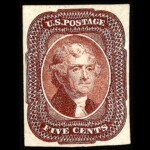

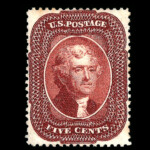
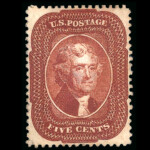
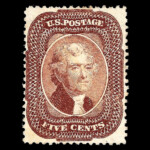
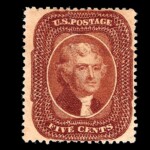
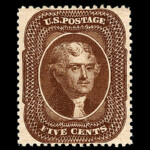
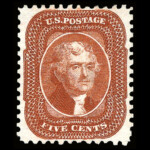
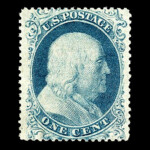
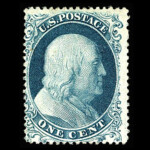
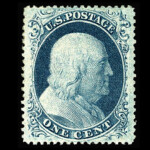
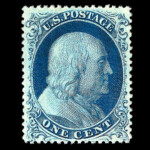
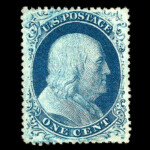
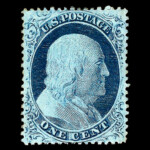
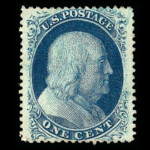
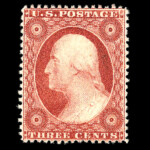
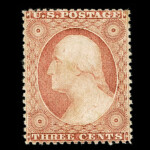
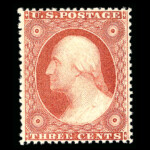
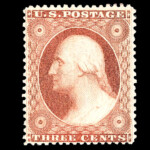
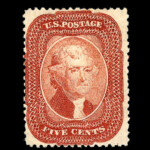
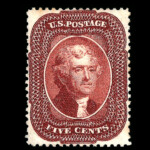
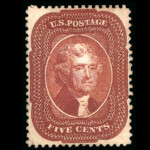
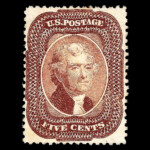
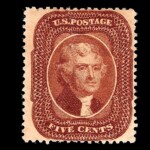
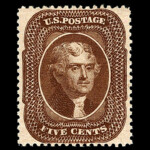
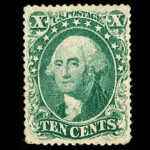
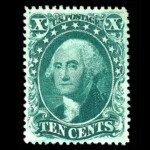
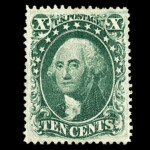
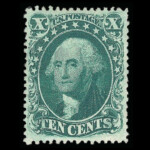
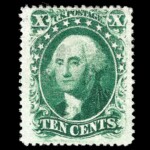
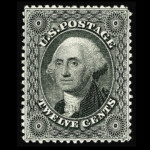
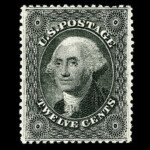

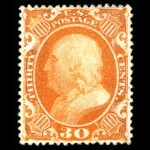
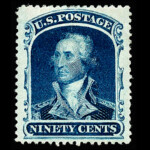









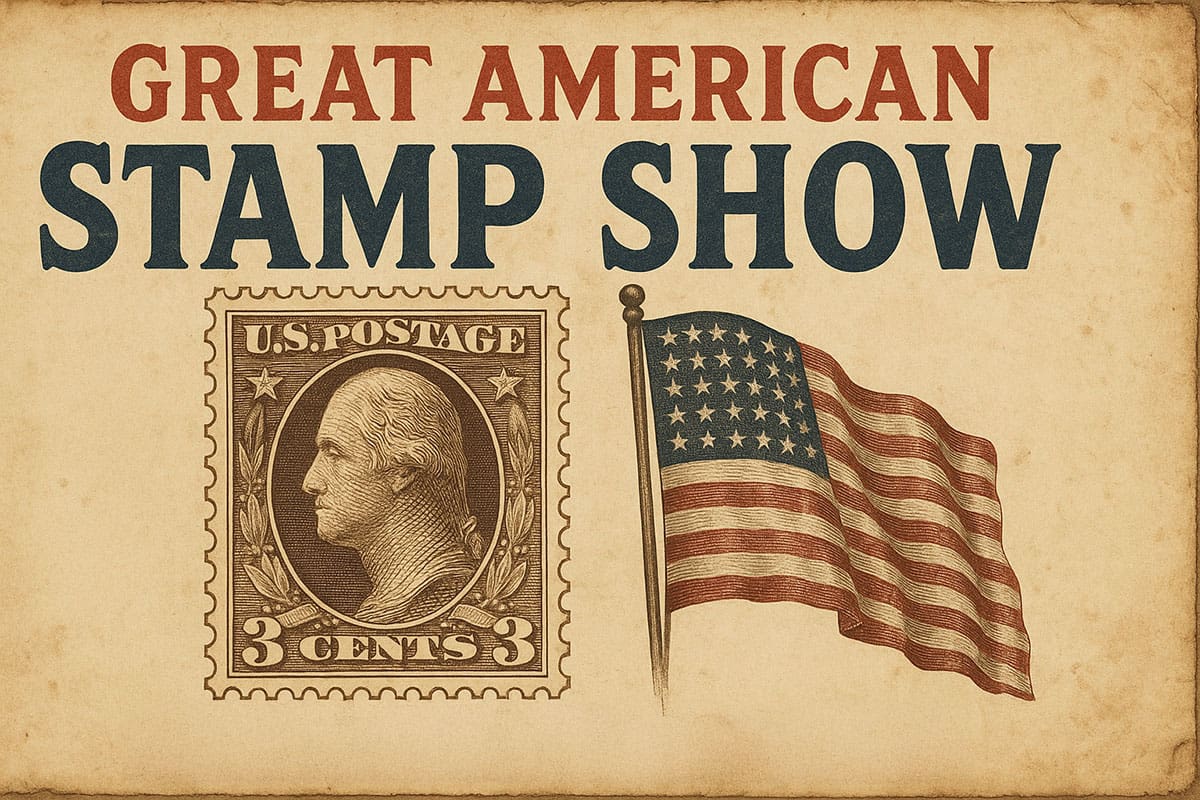


Ask A Question Or Leave A Comment